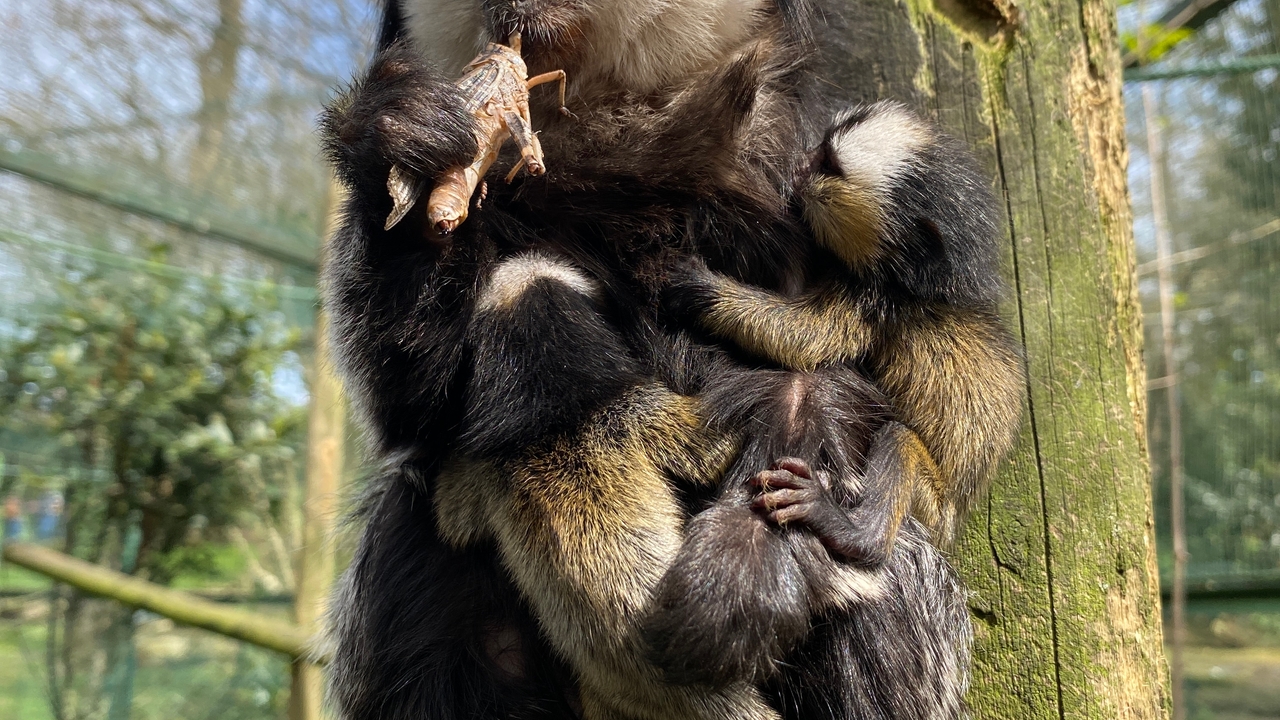In it Santillana del Mar Zoo (Cantabria) This Tuesday the birth of some Geoffroy's marmoset tripletsa kind of primate found in Danger of extinction.
This is the maximum number of offspring that this species can conceive at the same time, and They weighed about 30 grams at each birth. Although it may seem little, it can be considered “a great feat”if you take into account that the mother weighs less than 400 gramsas explained in a statement by the zoo.
As EuropaPress reports, the small marmosets already go out to the outdoor installation mounted on one of their parents, so the public who visits the Santillana del Mar Zoo You will be able to see the tiny babies over the next few days. It is a very common practice in its species that tBoth the father and the mother carry the babies on them for most of the day to protect and care for them.
In addition, they have three older brothers who will also be involved in raising the younger ones. The zoo explained that the mother needs a constant, protein-rich diet in order to produce a sufficient amount of milk for the three babies.
The male of the couple who had the marmoset babies Geoffroy arrived at the Cantabrian facilities in 2020 from the Heidelberg Zoo (Germany), while themother She was transferred later, in 2022, from the Olomuc Zoo (Czech Republic).
It is one of the 20 species of primates found within conservation programsfor endangered species for which the Santillana del Mar Zoo works. This Cantabrian zoo currently participates in 45 programs of simultaneous conservation, being therefore one of the four most important conservation centers in our country, with more than 400 different species of animals. Some of the specimens it houses are unique in SpainLike the Sumatran orangutans or the snow leopards.
Geoffrey's marmoset species is originally from Brazil and, according to the International Union for Conservation of Nature (IUCN), its population is declining due to disappearance of their habitat.
It is also known as “hairy-eared marmoset”and is a primate of the Callitrichidae family that measures around 50 centimeters, although half of the length is taken up by its tail. It is easily distinguished by its white head and neck, with two black tufts under the ears and a nude pink color around the mouth and eyes.
While the hair, legs and tail are black, the fur on the back is striking for its orange and gray color with black and white bands, almost marbled. It usually feeds on fruits and insects and has a life expectancy in its wild habitat of about 10 years.

